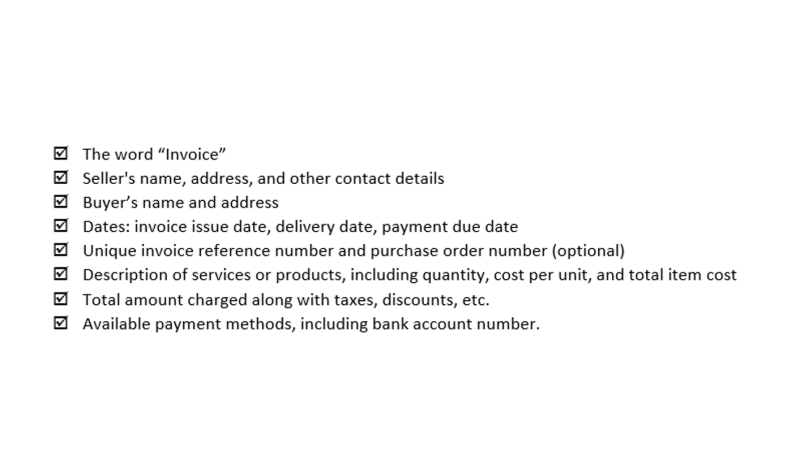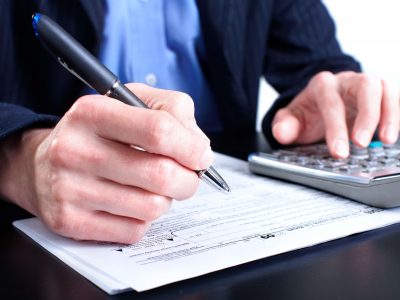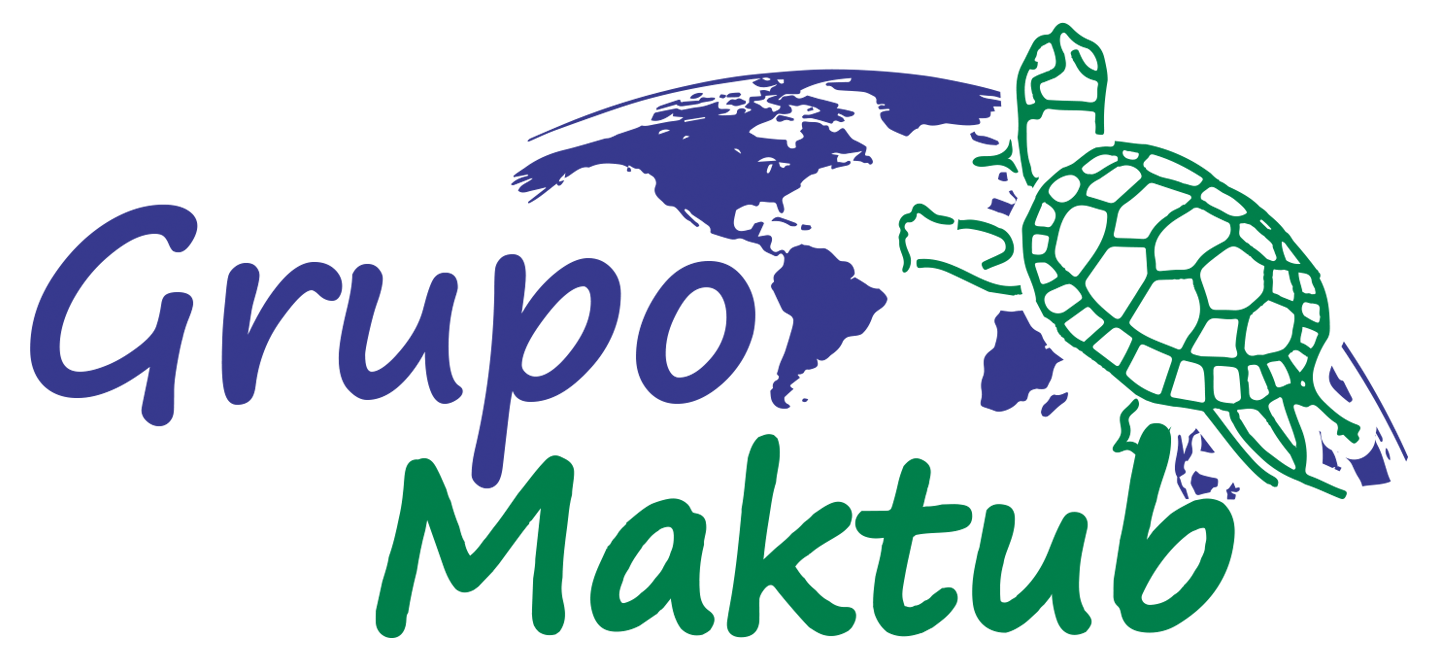
Product Costs are essential for calculating the cost of goods sold and determining the gross profit margin of a business. The firm will not incur enabling costs if operations shut down but will incur them if operations occur. Some will likely be constant over the entire output range; others will vary in steps. For example, a single-shift operation might require only one departmental supervisor, but the operation of a second shift will require a second supervisor. Such cost classifications have been proven useful to people, like most analysts who develop several costs, classifying them per their uses in various managerial applications. Identifying and categorizing these costs is important as different purposes require different cost constructs.

Key Differences Between Product Cost and Period Cost
- Next as yourself if the cost is a direct material or direct labor cost.
- Therefore, before talking about how a product cost differs from a period cost, we need to look at what the matching principle says about the recognition of costs.
- These can be broadly categorized into selling costs and administrative costs.
- Interest expense is also a period cost unless it is determined to be a necessary cost of a self-constructed, long-lived asset.
- This inventory remains as an asset until the goods are sold, at which point the inventory is gone, and the cost of the inventory is transferred to cost of goods sold on the income statement.
- Analyzing historical data and trends can help businesses anticipate fluctuations in mixed costs and make informed decisions to control expenses.
Now let’s look at a hypothetical example of costs incurred by a company and see if such costs are period costs or product costs. Delving into the specifics of period costs provides a clearer picture of how businesses categorize and manage their expenses. These costs are integral to understanding the financial landscape of a company and require a detailed examination to appreciate their role in accounting and management.
- A product cost is incurred during the manufacture of a product, while a period cost is usually incurred over a period of time, irrespective of any manufacturing activity.
- One unique aspect of product costs is their treatment as assets until the product is sold.
- Product costs help you fine-tune the price of each item you sell, ensuring profitability.
- As you can see there is a heavy focus on financial modeling, finance, Excel, business valuation, budgeting/forecasting, PowerPoint presentations, accounting and business strategy.
Selling costs
- For instance, office rent is recorded as an expense in the month it is paid, irrespective of the sales activities of that month.
- In turn, steel becomes a direct material to an automobile manufacturer.
- Period cost is those which are incurred periodic and are not related to product cost or manufacturing cost.
- According to the Matching Principle, all expenses are matched with the revenue of a particular period.
- Period costs are closely related to periods of time rather than units of products.
- Period costs or period expenses are specific type of expenses a company may incur during an accounting period without being able to link it to inventory or cost of goods sold.
This distinction is important, as it paves the way for relating to the financial statements of a product producing company. And, the relationship between these costs can vary considerably based upon the product produced. Reporting period costs are based on the revenue for which they are incurred and the accrual for a specific accounting AI in Accounting period.
Create a free account to unlock this Template

The main characteristic of these costs is that they are incurred over a period of time (during the accounting period). Product costs are sometimes broken out into the variable and fixed subcategories. This additional information is needed when calculating the break even sales level of a business. It is also useful for determining the minimum price at which a product can be sold while still generating a profit. In the accounting records, the cost of finished products is accumulated in an inventory account – usually “Finished Goods Inventory”. When goods are sold, the cost is transferred from “Finished Goods Inventory” in the balance sheet to “Cost of Sales” (or Cost of Goods Sold) in the income statement.

Cost objects: direct and indirect costs

A product cost is initially recorded as inventory, income statement which is stated on the balance sheet. Once the inventory is sold or otherwise disposed of, it is charged to the cost of goods sold on the income statement. A period cost is charged to expense on the income statement as soon as it is incurred. In addition, a period cost is more likely to be a fixed cost, while a product cost is likely to be a variable cost.
- FIFO separates current period expenses from those in the beginning inventory.
- Indirect costs or indirect expenses, are costs which cannot be traced directly to a particular cost object.
- The key difference between product cost and period cost is that product concurs when a company produces any products.
- This includes things like glue, solder (a low-melting alloy used to join metals together), and nails.
Period costs:
Direct product costs consist of those which can be easily identified and traced back to the product, they include direct materials and direct labor. Period costs reduced net income when they are expensed on the income period costs statement. Period costs take from the revenue of a company during that accounting period and thus will have an impact on the net income for that period.
